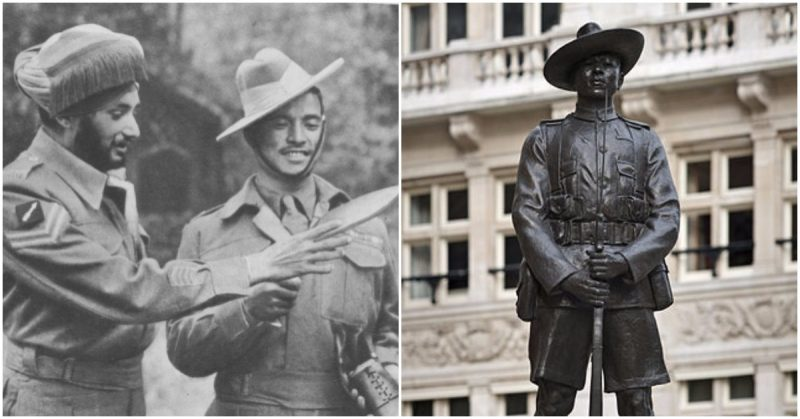Bhanbhagta Gurung was awarded the Victoria Cross (VC), Great Britain’s highest military award for gallantry, in 1945 for singlehandedly clearing five Japanese positions and inspiring the rest of his platoon during a battle in Burma.
Gurung was born in September 1921 – there is no record of the actual date – in the hill village of Phalpu in western Nepal’s Gorkha district.
In 1939, at 18 years old, he joined the British Indian Army and was assigned to the 3rd Battalion, 2nd King Edward VII’s Own Gurkha Rifles (The Sirmoor Rifles). He did well in the army and was promoted to the rank of Lance Naik (Lance Corporal).
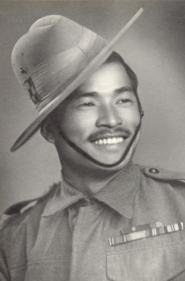
To understand how he enlisted in the British Indian Army, it is necessary to explain what a Gurkha is.
In the early 1800s, the British East India Company tried to invade the Gorkha region of Nepal and were humiliated despite having superior weaponry. The British deemed the “Gurkha” soldiers a “martial race” and felt a grudging admiration for them.

In 1815, the British and Nepalese signed a peace treaty that lasts to this day. One of the terms was that the British government could recruit Gurkhas into its military forces. As a result, Gurkhas have played a role in virtually every British military operation, including both world wars.
In 1942 the British colony of Burma, which is present-day Myanmar, was invaded by Japan and became a Japanese puppet state.
As a result, Burma split into three warring factions: those who supported Japan, those who preferred the British, and those who wanted neither.
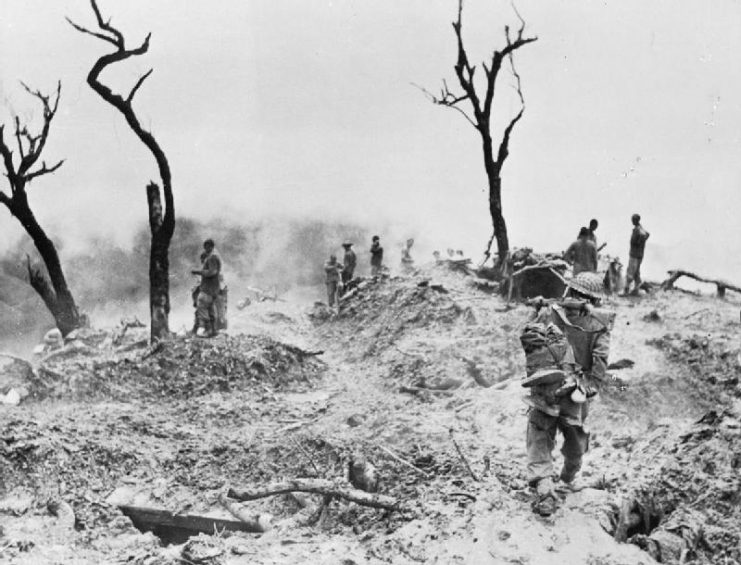
To attempt to expel the Japanese, the British sent in the Chindits. They were special operations units in the British Indian Army that were named after the Burmese Chinthe, mythical guardians of Buddhist temples. Among them was the 3rd Battalion, 2nd Gurkha Rifles including Gurung.
Despite coming from warrior stock, “Operation Longcloth” was not easy for the soldiers. The first group of Chindits entered Burma on February 8, 1943, in several columns.
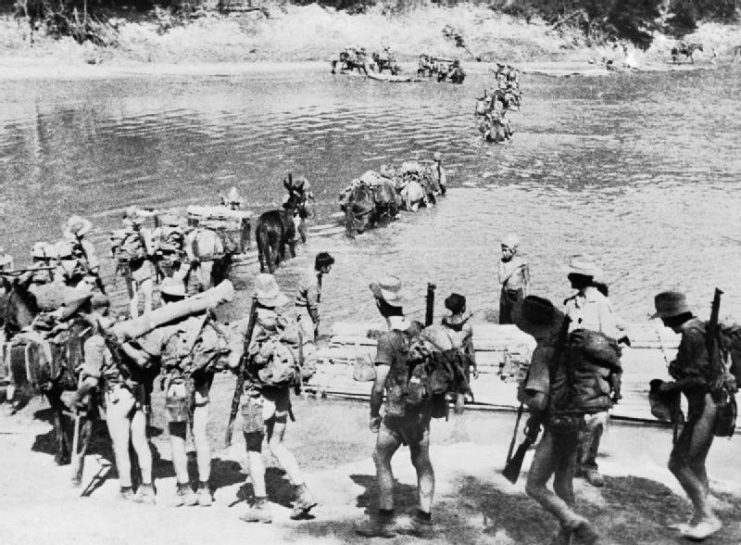
Anything the Japanese failed to do to make the mission unfeasible, Burma’s tropical climate and poor British logistics did. The men lacked food, medicine, and ammunition due to failed supply drops.
Malaria and dysentery were rampant. Poor lines of communication and constantly changing orders did not help.
The Chindits managed to blow up a few railway lines, but that was all. By the end of April, only 2,182 of the original 3,000 straggled back to British India. 600 of them were so ill they could not return to active duty.
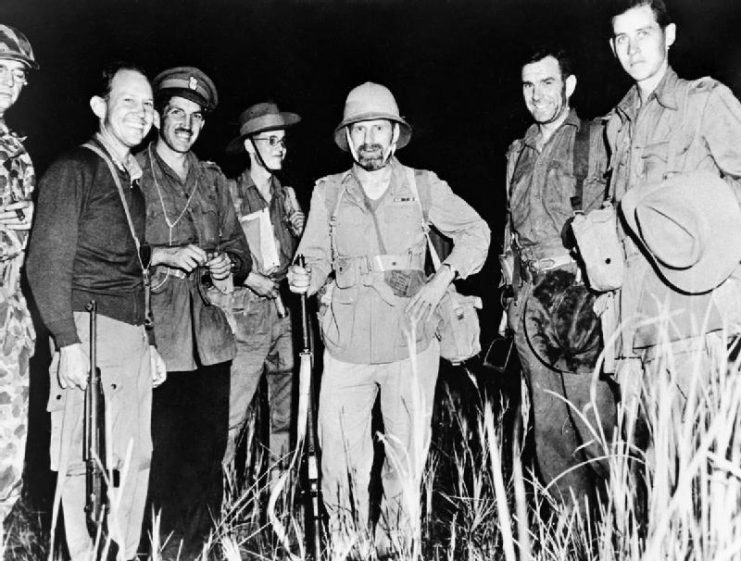
Gurung, however, was able to stay in the army, and in March 1944 he was back in Burma with the 25th Indian Division.
There he distinguished himself while fighting in the Mayu Range, and earned a promotion to the rank of Naik (Corporal). Shortly after, his platoon commander ordered him to take a hill – which he did.
Unfortunately, it was the wrong hill. The battalion commander was furious, and Gurung ended up taking the blame for his platoon commander’s mistake. He was reduced in rank for neglect of duty.
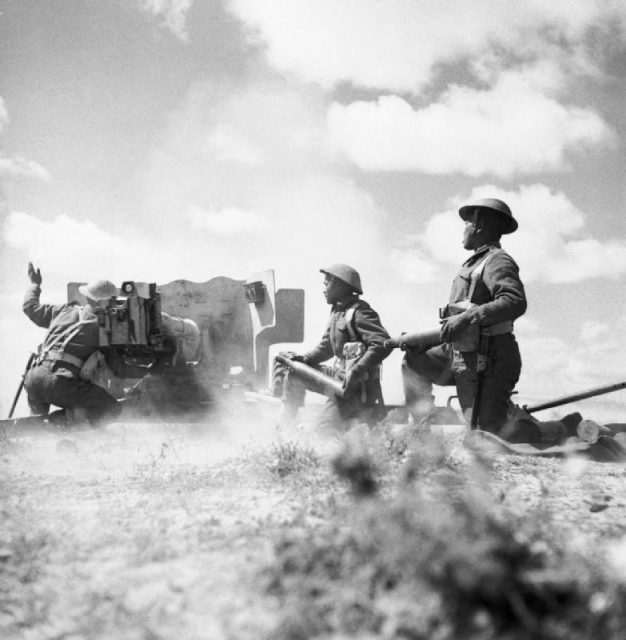
In February 1945, the 14th Army launched a major offensive into Burma to take the important cities of Meiktila and Mandalay.
To provide a diversion and keep the Japanese guessing as to where they were headed, the 25th entered the Irrawaddy River through the An Pass and took two hills, called “Snowdon” and “Snowdon East,” before being repelled by the Japanese.
On March 5 the Gurkhas were ordered to retake the hills at all costs. Both hills were occupied by the Japanese 54th Division, which pinned down Gurung’s company and wiped out half of them. The survivors threw themselves to the ground, but a Japanese sniper kept picking them off.
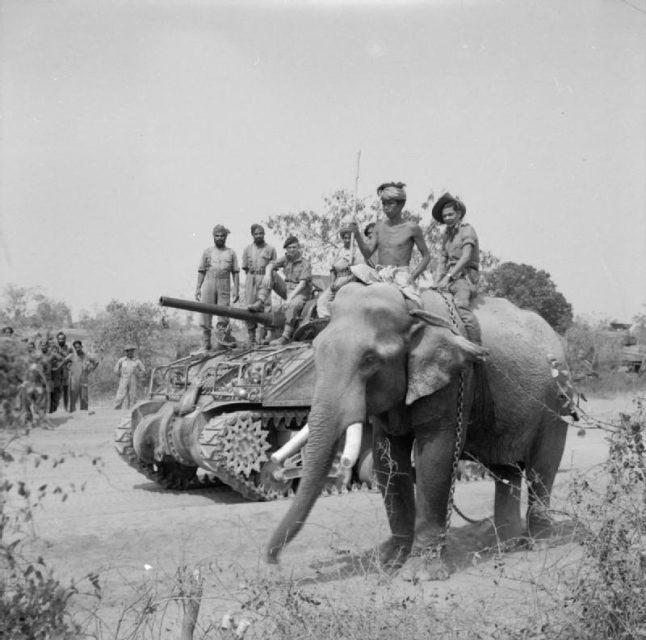
Unable to aim at the sniper from where he lay, Gurung did the only thing he could. He stood up in full view of the enemy and “calmly” took a shot at the sniper, killing him.
Advancing further, Gurung’s company was again pinned down, so he charged the nearest foxhole without waiting for his men. Despite the hail of bullets, he chucked in two grenades, killing two Japanese soldiers.
Then he immediately attacked a second foxhole, where he killed the occupants with his bayonet.
Under continuous machine-gun fire he attacked and took out the occupants of two more foxholes with his bayonet and grenades.
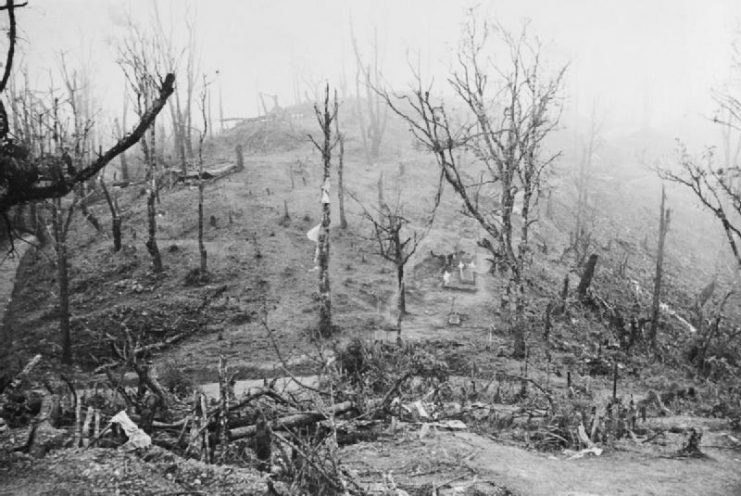
All the while, the machine-gun fire kept coming from a concrete bunker. Gurung, miraculously not hit, made a final dash to that bunker and leaped onto the roof.
Having no grenades left, he threw in two smoke grenades. Two Japanese soldiers, blinded by the smoke, ran out and Gurung killed them with his kukri blade. He then entered the bunker and dispatched the remaining soldier.
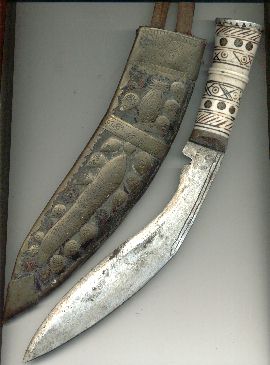
With his unit in control of the five positions, Gurung and three others occupied the concrete bunker and ferociously held their ground against continuous Japanese attacks until reinforcements arrived.
Gurung received his VC from King George VI. He regained his former rank of Naik and also earned the rank of Honorary Havildar. After the war, he returned to his family in Nepal.
